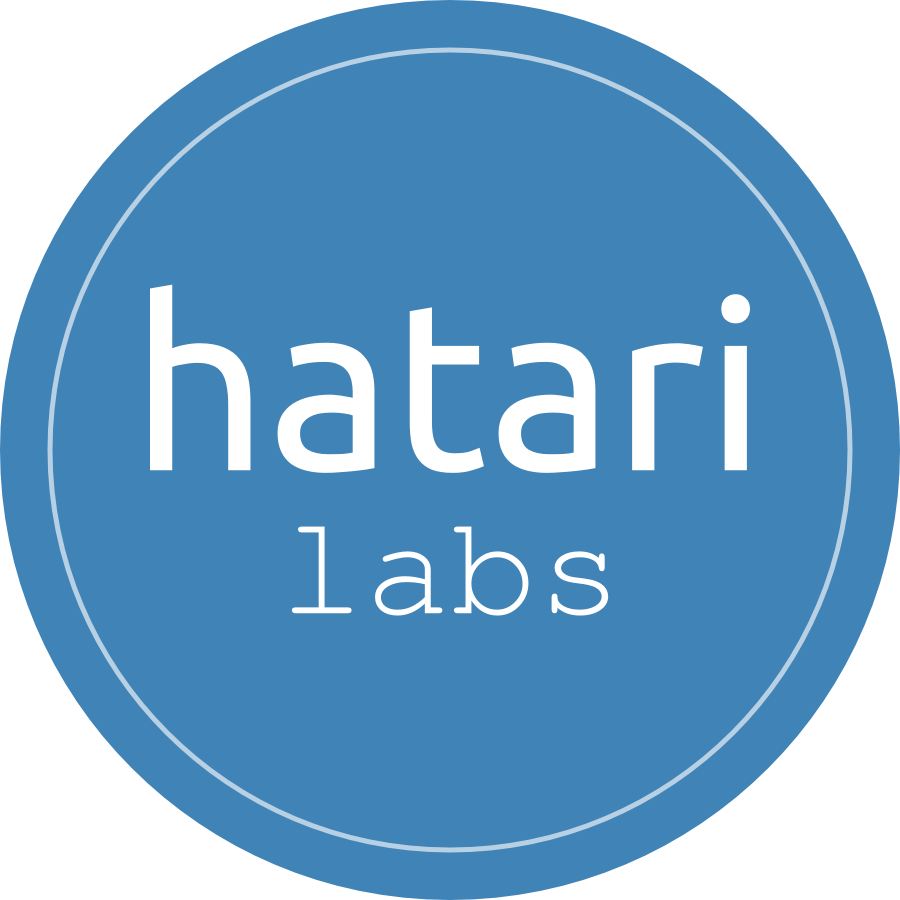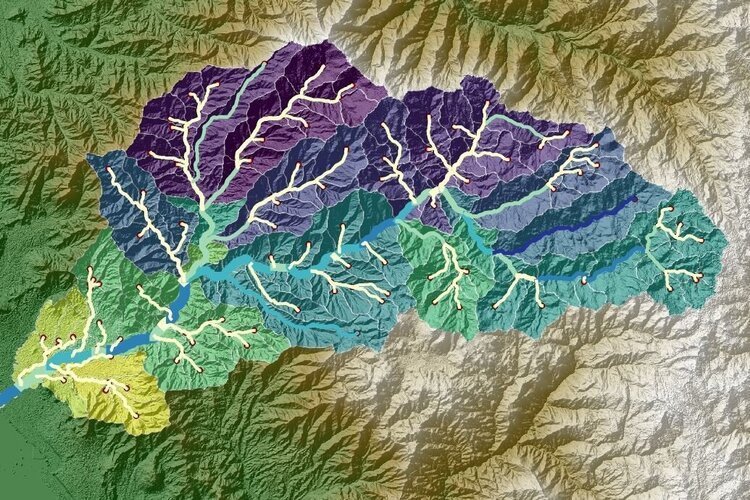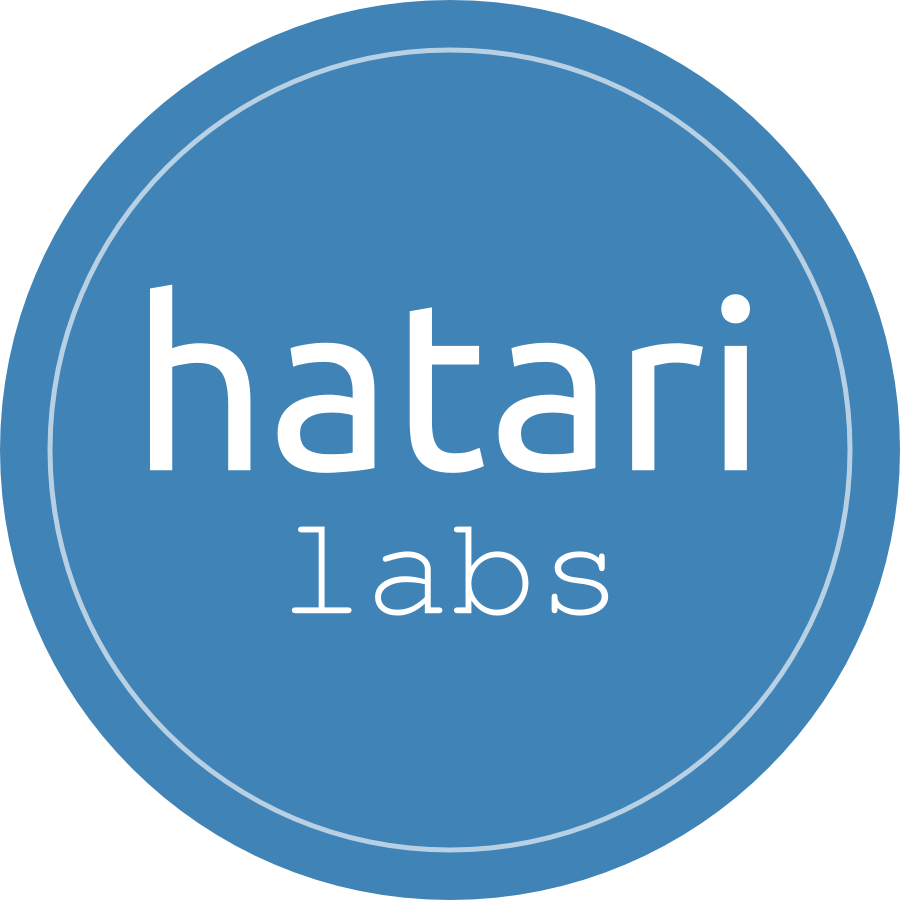Machine Learning Supported Groundwater Model Calibration with Modflow, Flopy, PySal and Scikit Learn - Tutorial
/We have done a tutorial on a low-level-complexity model with rivers, lakes, recharge and regional groundwater flow done in Model Muse in a previous tutorial. The model was imported as an object in Python with Flopy. A sensibility analysis was done with SALib to assess the response for the object model groundwater flow to a different sample of parameters and a resulting set of parameters and corresponding heads (parameters -> heads) were recorded. Then a machine learning regression was performed with Scikit-Learn with the inverse set (heads->parameters) to get the predicted parameters for the observed data. Different error measurements were performed for two model cases to assess the overall quality of the neural network regressor.
Read More
























